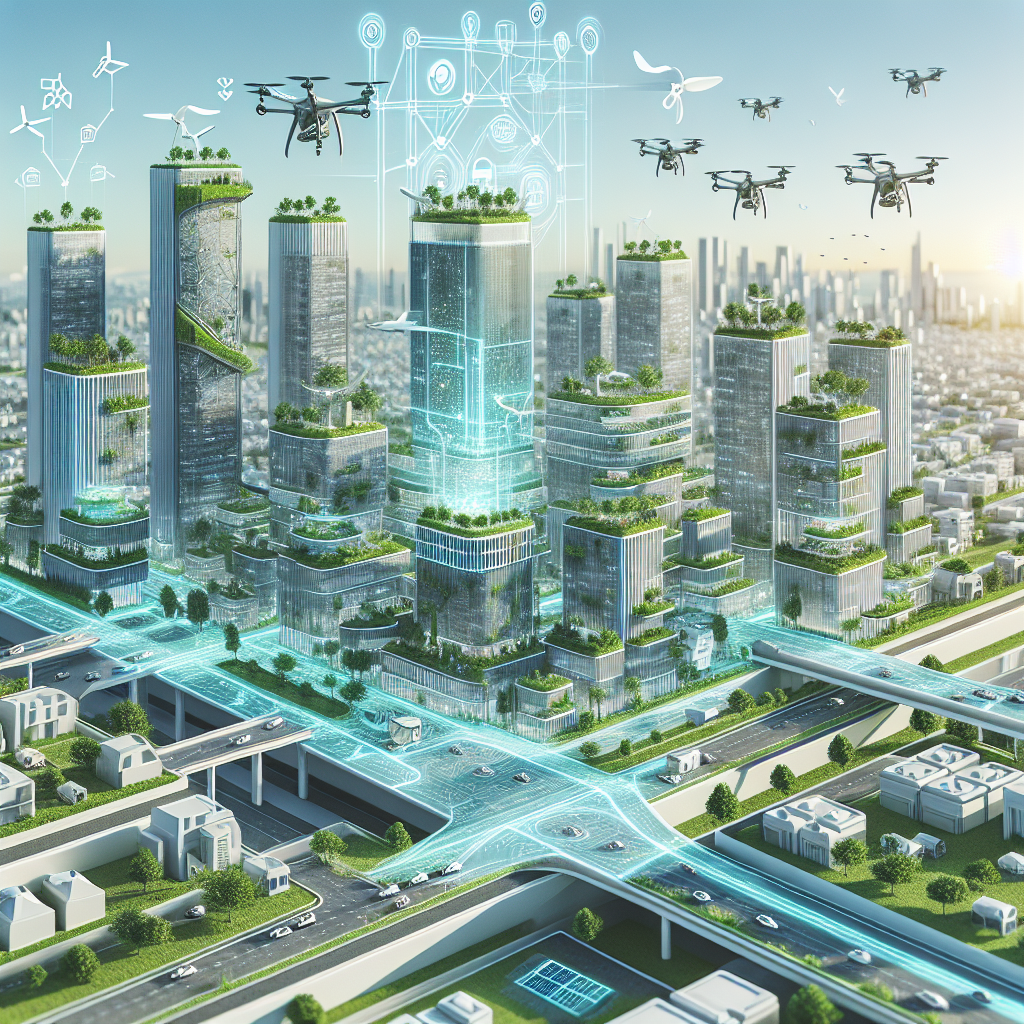In recent years, the rise of artificial intelligence (AI) technology has significantly impacted various industries, including urban infrastructure development. AI-driven design is revolutionizing the way cities plan, build, and maintain their infrastructure, making it more resilient, efficient, and sustainable. By harnessing the power of AI, urban planners and engineers can better anticipate and address the challenges of rapid urbanization, climate change, and population growth.
AI-driven design utilizes advanced machine learning algorithms to analyze vast amounts of data and generate insights that can inform decision-making in urban infrastructure projects. By processing data from sensors, satellites, and other sources, AI can help identify patterns, predict trends, and optimize the design and operation of infrastructure systems. From transportation and energy to water and waste management, AI-driven design is transforming the way cities function and adapt to changing environments.
One of the key benefits of AI-driven design is its ability to enhance the resilience of urban infrastructure. By leveraging AI algorithms to analyze data on weather patterns, natural disasters, and other risks, cities can better prepare for and respond to potential threats. For example, AI can help optimize the design of buildings and infrastructure to withstand extreme weather events, improve emergency response systems, and enhance the overall resilience of urban areas.
Furthermore, AI-driven design can also improve the efficiency and sustainability of urban infrastructure. By analyzing data on energy consumption, traffic patterns, and resource usage, AI can optimize the operation of infrastructure systems to reduce waste, lower costs, and minimize environmental impact. For instance, AI algorithms can help optimize traffic flow, manage energy consumption in buildings, and enhance water and waste management processes, leading to more sustainable and efficient urban infrastructure.
Overall, AI-driven design holds great potential for transforming urban infrastructure development and creating more resilient, efficient, and sustainable cities. By harnessing the power of AI technology, cities can better address the challenges of urbanization, climate change, and population growth, and build infrastructure systems that can adapt to changing conditions and withstand future challenges.
FAQs:
Q: How does AI-driven design differ from traditional urban infrastructure planning?
A: AI-driven design utilizes advanced machine learning algorithms to analyze vast amounts of data and generate insights that can inform decision-making in urban infrastructure projects. This allows for more data-driven, efficient, and resilient infrastructure planning compared to traditional methods.
Q: What are some examples of AI-driven design in urban infrastructure projects?
A: Some examples of AI-driven design in urban infrastructure projects include using AI algorithms to optimize traffic flow, manage energy consumption in buildings, and enhance water and waste management processes. These applications help improve the efficiency, sustainability, and resilience of urban infrastructure.
Q: How can AI-driven design help cities prepare for natural disasters and other risks?
A: By analyzing data on weather patterns, natural disasters, and other risks, AI-driven design can help cities better prepare for and respond to potential threats. For example, AI algorithms can optimize the design of buildings and infrastructure to withstand extreme weather events and improve emergency response systems.
Q: What are the challenges of implementing AI-driven design in urban infrastructure projects?
A: Some challenges of implementing AI-driven design in urban infrastructure projects include the need for high-quality data, technical expertise, and investment in AI technology. Additionally, there may be concerns about data privacy, security, and ethical implications of using AI in infrastructure planning.

